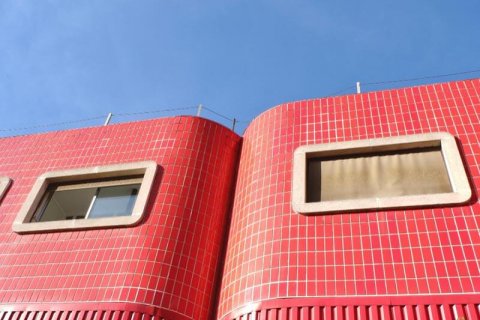
The Tetouan district is one of the most densely populated districts of Madrid, second in population density after Chamberi. It became known for its flamboyance and strong spirit of multiculturalism.
According to the «Living Loving Tetuán» report by CBRE Spain, there are more than 300 people for every hectare of living space in Tetuán. In total, there are 67,306 residential properties in the district.
About 40% of the district population are people aged 30 to 50 years, that is the category of the population that has the greatest opportunities to acquire real property. This is one of the highest rates among all districts of Madrid. In terms of purchasing power, Tetuan is surpassed only by Centro and Villa de Vallecas.
Paloma Relinke, the Madrid office director of CBRE Spain, points out: “The Tetouan region has traditionally been of great industrial importance. Since the beginning of the 20th century, workers and craftsmen have used the courtyards of houses as work rooms and workshops, and living space has been built on top of the first floors of buildings. Although these spaces have lost their original meaning, they have given Tetouan a whole new identity. Including one of the Madrid’s liveliest districts was made of it.”
Relinke adds: “In addition, projects under development today, such as the Renazca and Skyline residential complexes, make this district even more attractive for both small and large investors, providing them with extraordinary investment opportunities.”
Public spaces and mobility in Tetouan
The ratio of green spaces per capita in Tetouan is one of the lowest in the city: 2 m2 per person. The very distribution of green spaces is also very uneven.
Almost all landscaped areas are concentrated in a single zone in the north-west of the district - La Ventilla Park. The rest of Tetouan is extremely deprived of access to such places for leisure and recreation. A similar situation is observed in relation to pedestrian areas. Their distribution is also very uneven.
Thanks to the influence of the AZCA financial district, neighboring Cuatro Caminos abounds with pedestrian areas. At the same time, the quarters of Almenara and Valdeacederas have exactly the opposite situation, a persistent deficits of pedestrian public spaces. However, in 2021 one of the streets of the latter was turned into a pedestrian zone.
CBRE confirms that there is a clear problem with pedestrian space availability in the district, especially on Bravo Murillo, one of the district's main traffic arterial. In addition, vehicle users have access to highways consisting, on average, of 6 traffic lanes.
At the same time, pedestrians are sometimes forced to move along the paths, the width of which does not exceed 70 centimeters. It is difficult to overestimate how this affects the accessibility of movement for people with disabilities.
